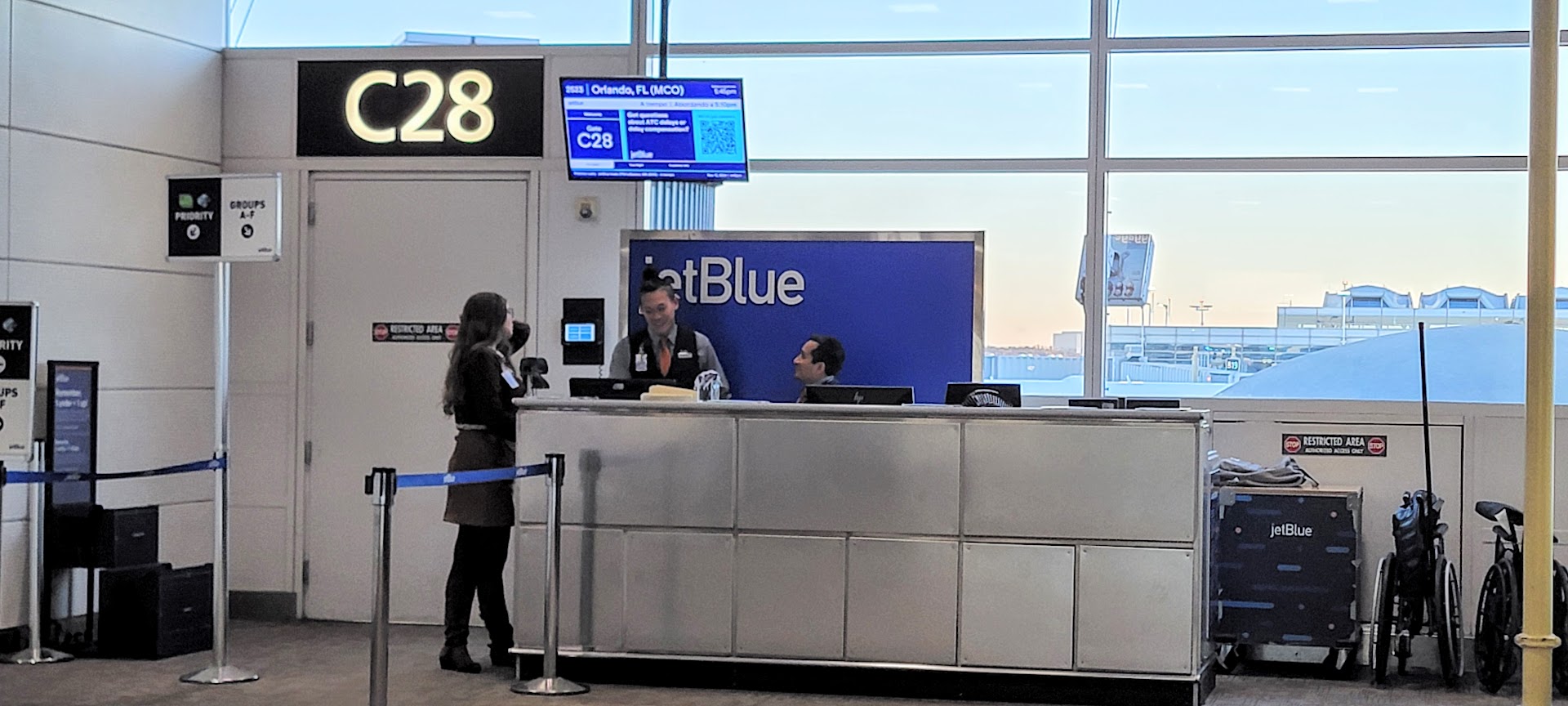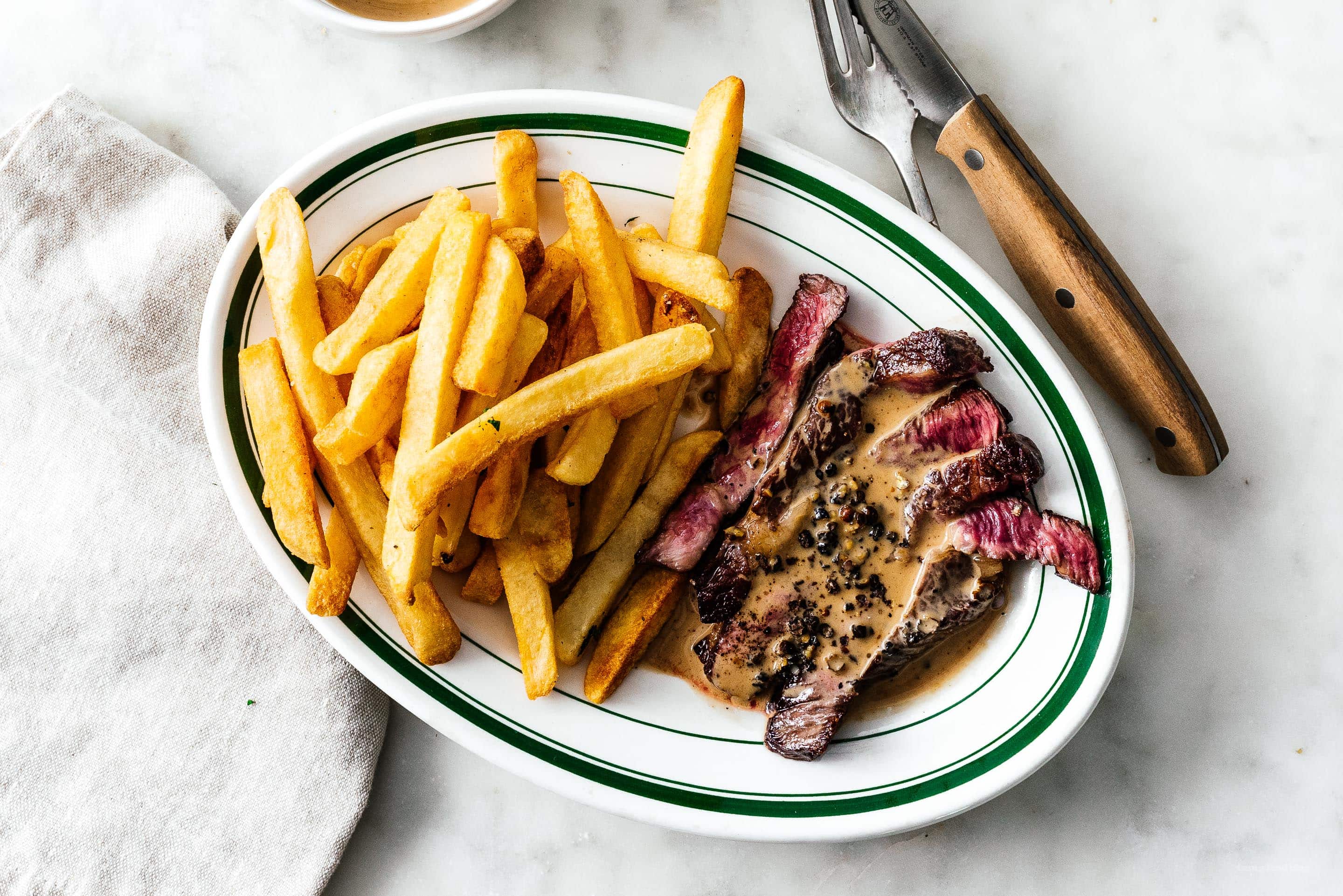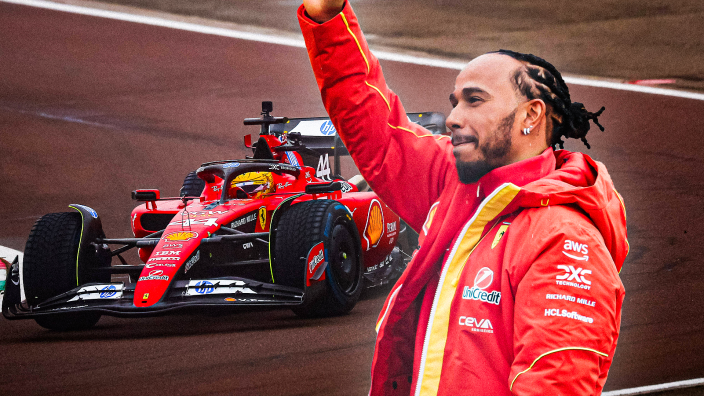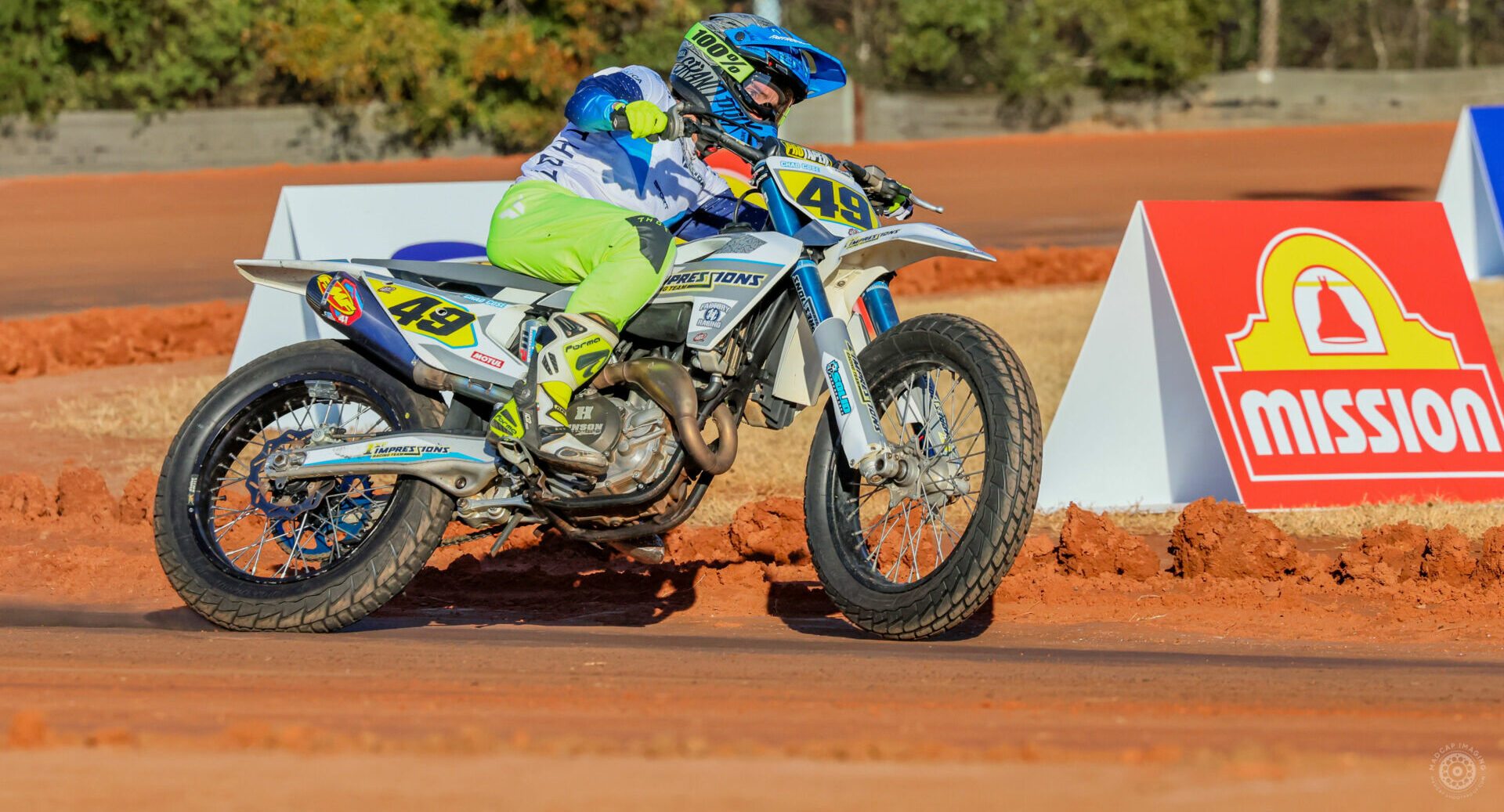Diuguid: Porsche Penske Found “Smoking Gun” With HV Issues
Porsche Penske managing director Jonathan Diuguid on team's solution to HV-related reliability concerns...
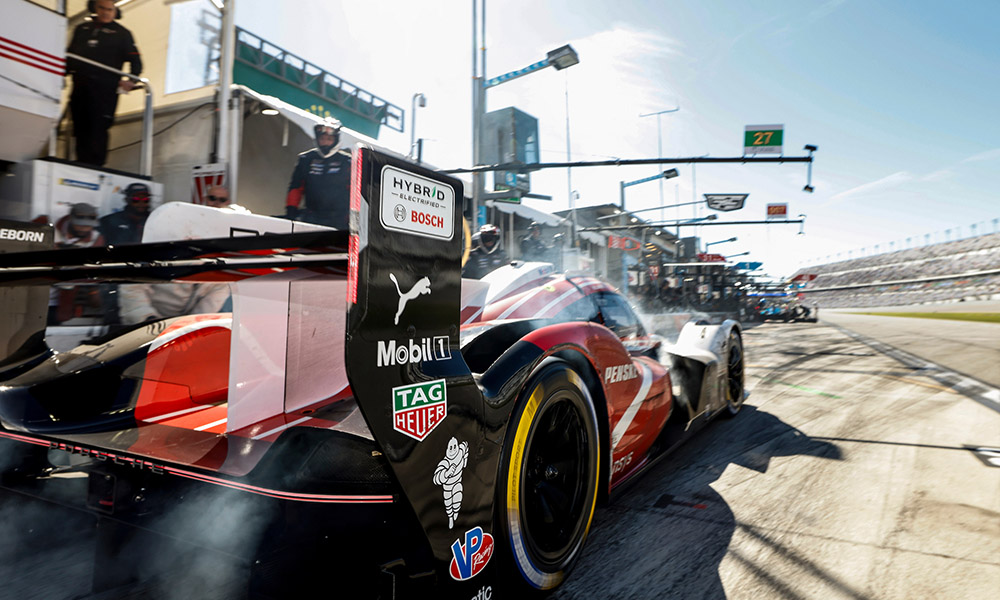

Photo: Mike Levitt/IMSA
Porsche Penske Motorsport managing director Jonathan Diuguid revealed the team was able to largely solve or mitigate the high voltage-related reliability issues that had been the team’s ‘biggest concern’ heading into this weekend’s Rolex 24 at Daytona.
The factory GTP squad dominated the IMSA WeatherTech SportsCar Championship season opener, with the No. 7 Porsche 963 of Felipe Nasr, Nick Tandy and Laurens Vanthoor giving Porsche back-to-back Rolex 24 wins and the 20th overall triumph in the race for the German manufacturer.
It came in a trouble-free race for both Penske-run 963s despite serious concerns pre-race over the reliability of the spec hybrid system that had seen multiple failures in the build up to the race from multiple manufacturers.
Speaking with Sportscar365 post-race Diuguid revealed the team found a solution for the race, which included fitting their cars with previously run components that were race-proven.
“Some of the battery issues we found a smoking gun, which we were able to address and fix before the race,” he said. “The other one, to be honest, the issues just didn’t appear.
“Whether it was a result of components or pieces that we had run before and had a high confidence level and put them in the car or just luck.”
It’s understood that none of the 12 GTP cars encountered any serious battery-related issues in the race.
“I think across the field, I didn’t see anybody with a HV issue that stopped the car,” said Diuguid. “Whereas in practice, you saw it across all the manufacturers.
“We joke all the time when we go testing that we don’t allow people to plug in computers into the car and it will keep running. Maybe it was one of those things, where once the car starts and it just runs, it’s all ok.”
Diuguid indicated that Porsche Penske changed a total of six battery “assemblies” and “parts and pieces” since the start of the Roar in order to mitigate the issue that had plagued the 963s, as well as the BMW M Hybrid V8 at Daytona in testing and practice.
“It was more of an operational issue, even specific to PPM to be honest,” Diuguid added. “It was really just everybody getting in a room and throwing every single idea on the table and hashing those out.
“It was probably our biggest reliability concern that we had going into the race that we were able to address.”
BMW M Motorsport director Andreas Roos said that Team RLL took a similar approach to Porsche Penske in the race by using a collection of ‘proven’ components from previous races.
“Porsche had two, three problems in the Roar as far as I know and we had a problem with the qualifying,” Roos told Sportscar365. “So I would not say that it didn’t have an effect on the race because at the end the qualifying is part of the race and there we had an issue.
“But yes, we changed the parts, as I said also in the press conference.
“We took parts which we ran already before which we knew they are working. Then knock on wood everything worked well and in the race there was no issue.”
The No. 24 BMW M Hybrid V8 of Dries Vanthoor, Kevin Magnussen, Philipp Eng and Raffaele Marciello finished the race in fourth as the highest-placed BMW after contending for the win until bodywork-related damage that forced a final-hour pit stop.
Davey Euwema contributed to this report

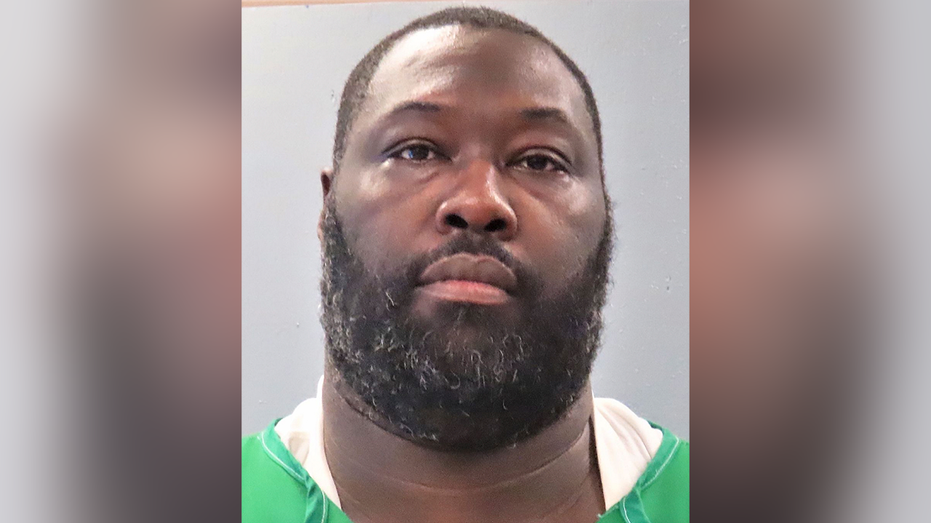

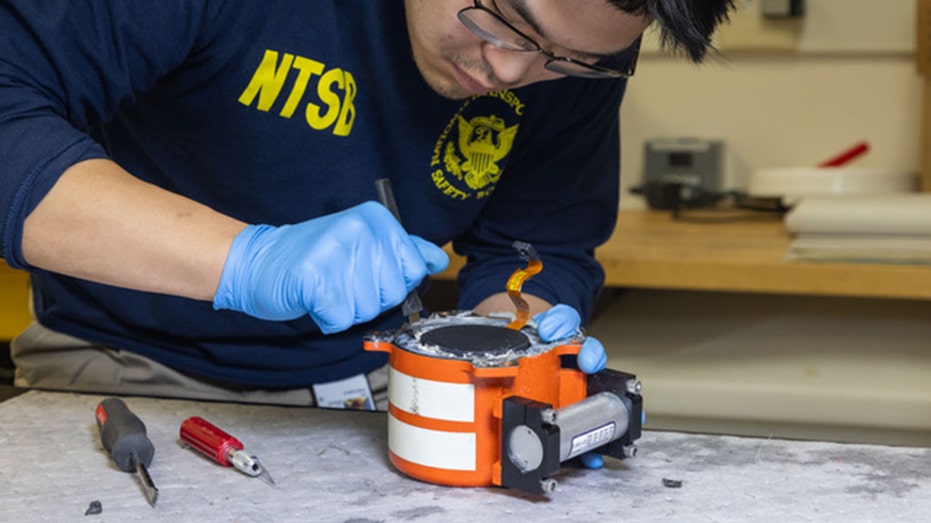
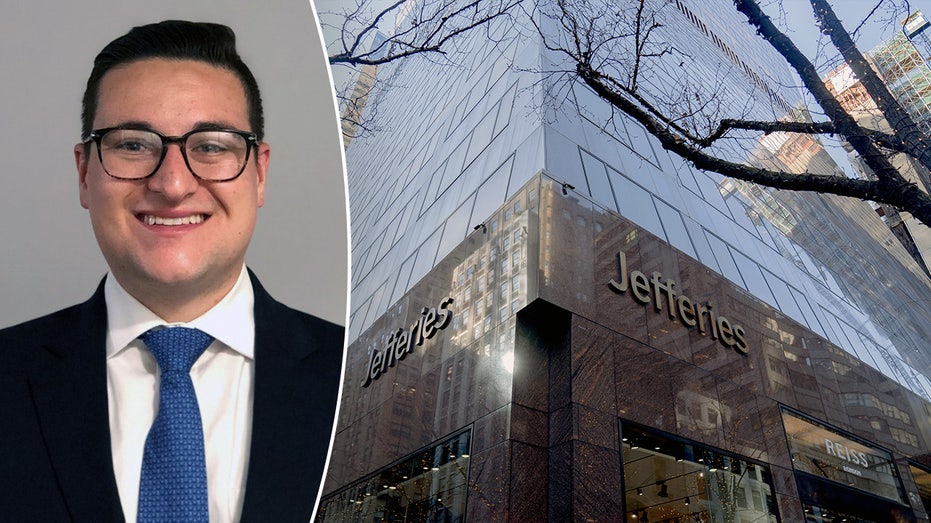































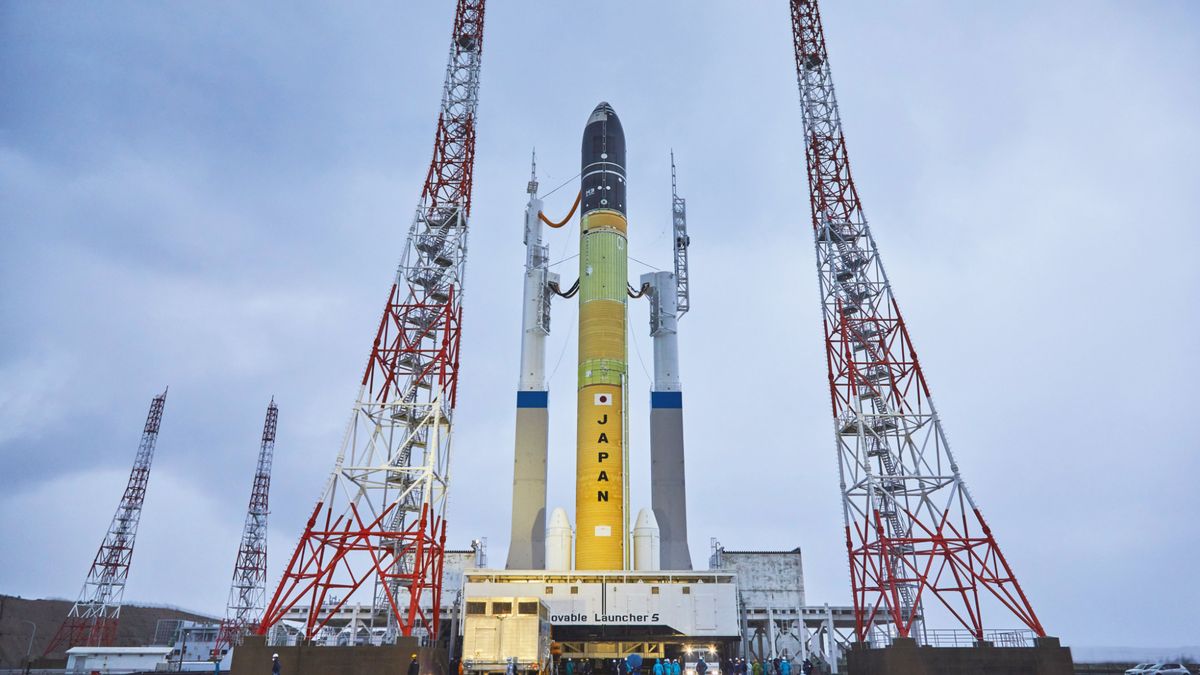





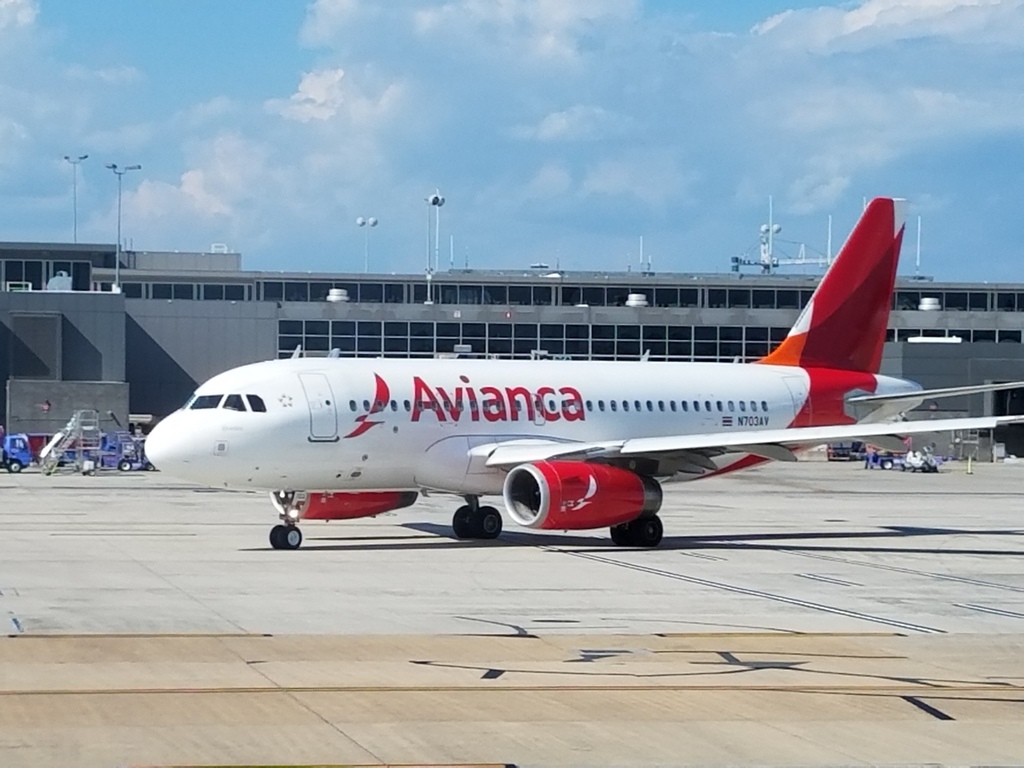

![United Lounge Hack: Flyers Are Cooking Up Secret Breakfast Sandwiches—Would You Try It? [Roundup]](https://viewfromthewing.com/wp-content/uploads/2025/01/united-mcmuffin.webp?#)
